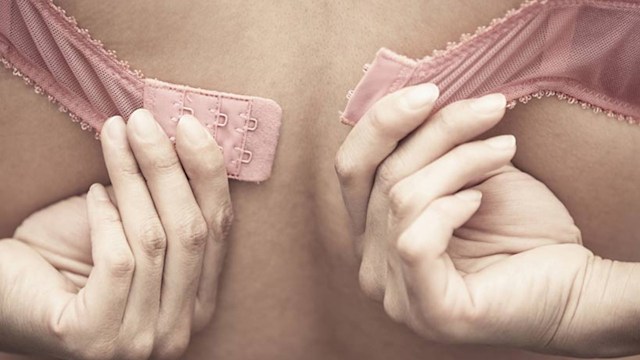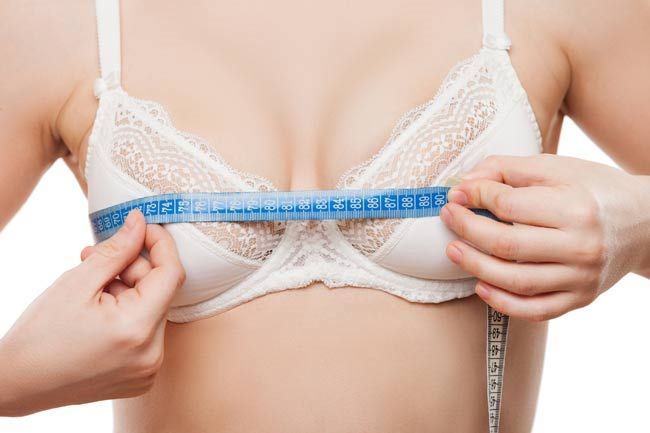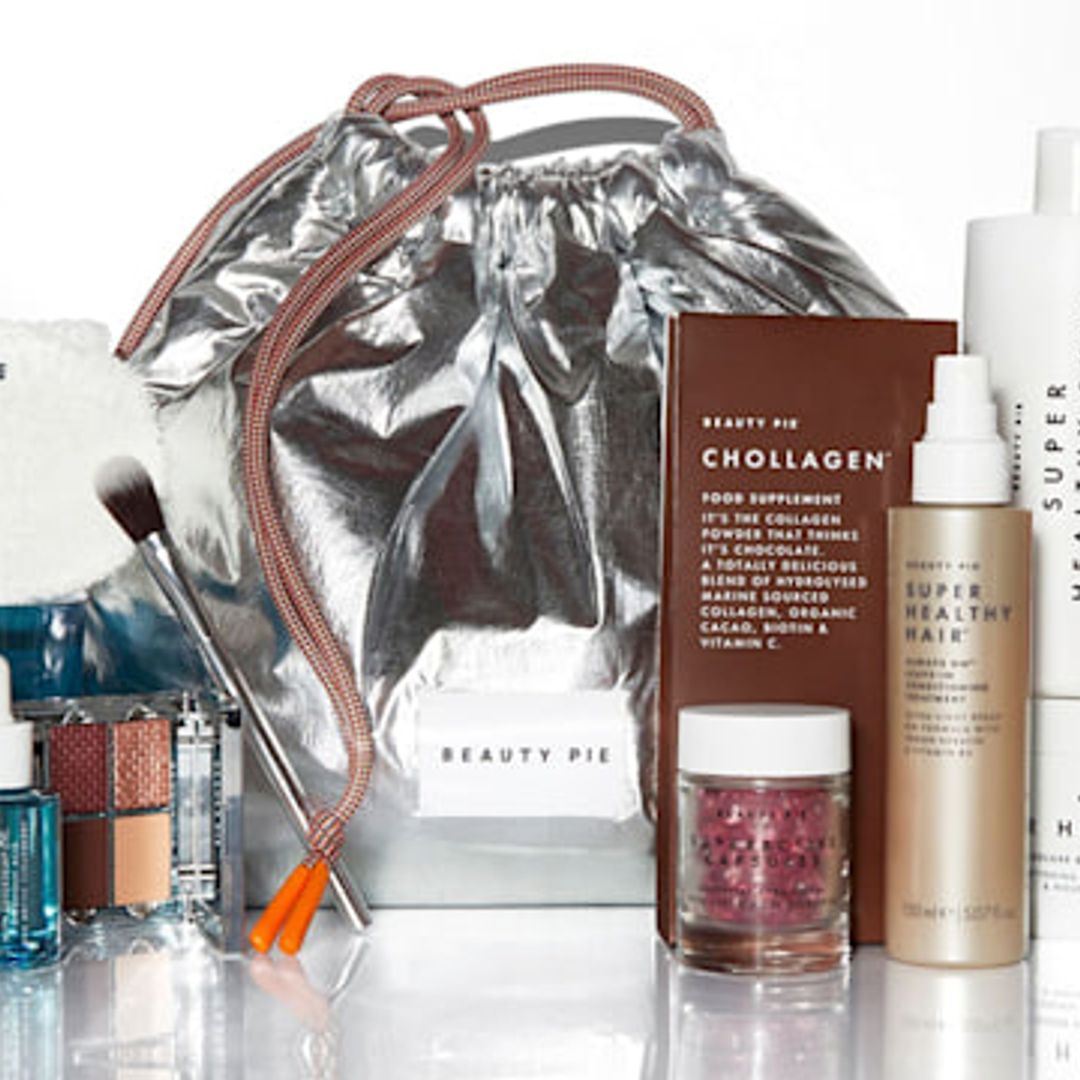For some women, a large chest can be physically and socially debilitating, limited exercise and choice of clothing. A breast reduction can be the key to gaining self confidence and getting more active, but is it right for you?
Here's 10 things you need to know – from Dan Marsh, Consultant Plastic Surgeon at The Plastic Surgery Group.
The ideal candidates for breast reduction are healthy females who are experiencing physical or emotional discomfort from the size of their breasts and who have realistic expectations of the outcome.
Reasons patients requests the procedure are: back ache, social difficulties, clothing, skin maceration, skin changes, infections, neck ache, inability to exercise and/or bra straps digging in.
This surgery has been shown to have the highest satisfaction rates of all types of breast surgery.
You need to wait until your breasts are done growing before having a reduction. The surgery typically isn't recommended in the early teen years – you want to wait until an age when your body has stopped growing. It's best if a patient is in full adulthood, after age 21.
The surgery typically removes between 200 to 1000g of breast tissue per breast. This is carried out by making an incision around the nipple, elevating it to an aesthetically pleasing position and removing the excess breast tissue underneath the nipple. To achieve this, a scar is placed around the nipple, vertically downwards and in the crease under the breast. If possible, The Plastic Surgery Group use a vertical scar technique to reduce scarring by 30 per cent.
It in, in some cases, possible to carry out modest breast reductions using liposuction alone, which leaves minimal scars. However, this technique cannot elevate the nipple and is suitable for only a small proportion of patients.
Nipple sensation might be preserved – most reputable surgeons use a superomedial technique to both optimise breast shape, upper pole fullness and preserve nipple sensation. A better understanding of nipple nerve supply and the long term outcomes of breast reduction surgery means loss of sensation is less likely using modern surgical techniques.
You can choose your new nipple size and shape. In large-breasted women, the nipples can often become enlarged and stretched, but that can be corrected with the surgery. The Plastic Surgery actually saw a 50 per cent increase in the number of women requesting a reduction in nipple size.
Complications are rare but can include include: haematoma, infection, bruising, swelling, mild pain, tenderness, fat necrosis, altered nipple sensation and breast asymmetry (most women have asymmetric breasts – they may not even notice this until pointed out by their surgeon).
Over time, breasts can change in size/shape with weight gain/loss/pregnancy.
Dan Marsh and Mo Akhavani are Consultant Plastic Surgeons at The Plastic Surgery Group https://www.theplasticsurgerygroup.co.uk/.










